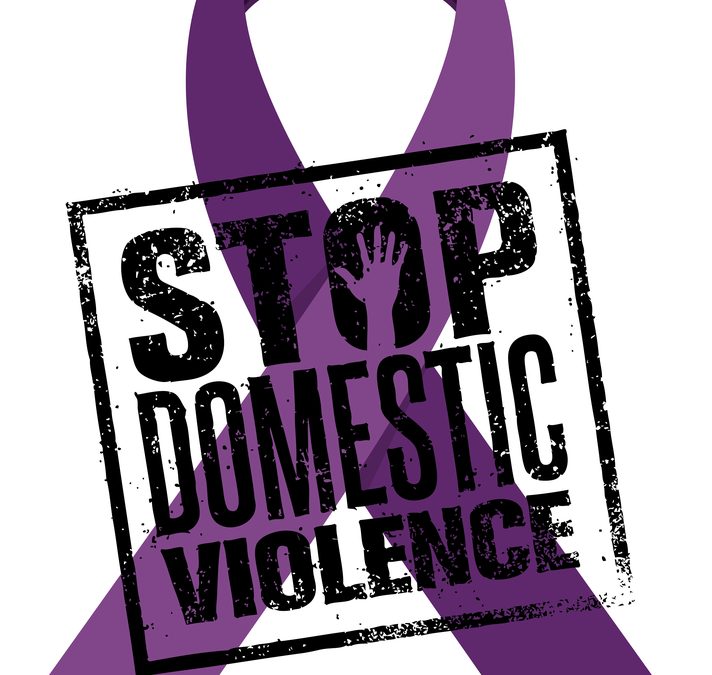Quick Facts about Domestic Violence in the United States

Domestic violence impacts countless people in America each and every day. Victims find themselves in difficult to escape living situations and often struggle to establish the residential and financial independence for those who abuse them. Children bear witness to this abusive behavior and experience a lifetime of mental and emotional trauma.
So just how common is domestic violence? What are the long-term impacts? Here are some facts about domestic violence in the United States and the impact that it has on individuals and society as a whole.
An overview of Domestic Violence in the United States
- Intimate partner violence accounts for 15% of all violent crimes annually in the United States.
- More than 1 in 3 women and 1 in 4 men have experienced either physical violence, rape, or stalking by an intimate partner in their lifetime. Victims are commonly abused by those who are closest to them.
- Each day in the United States, over 20,000 calls are placed to domestic violence hotlines by individuals reporting incidents.
- On average, 20 people per minute are physically abused by an intimate partner. This is an astounding number that shows just how prevalent this is in our society.
- A weapon is used in 19% of domestic violence incidents.
- Women who are victims of intimate partner violence are most likely to be between the ages of 18 to 24.
Related Post: Causes and Types of Domestic Violence – Essential Guide 2024
Sexual Violence Statistics
Sexual violence is a very common form of domestic violence. Unfortunately, there are countless victims that experience this form of violence each and every day. Part of approaching a solution to this chronic form of violence is to understand how pervasive it is and how it happens. Here is a look at just how common sexual violence is in domestic situations.
- 1 in 5 women have been raped and 1 in 71 men have been raped in their lifetime. This represents a very large portion of the American population that has first-hand experience with sexual violence.
- 40% of women raped in the United States are assaulted by an acquaintance while just over half report that they were raped by an intimate partner.
- It is estimated that 13% of women and 6% of men will experience sexual coercion in their lifetime.
- One in 4 gay men and one in three bisexual men will be the victim of rape or physical abuse by an intimate partner in their lifetime. Three in ten men will experience this in their lifetime.
Related Post: The Epidemic of Domestic Violence, and its affect on Homelessness
The Personal and Societal Impact of Domestic Violence
Domestic violence is certainly tragic at the moment but perhaps one of the most insidious aspects of this behavior is the longer-term impacts that it can have. Victims and those who witness it – often children – carry emotional and mental scars for the rest of their lives. These impacts extend beyond the individual and have reverberations that reach society as a whole.
- 81% of women who have experienced stalking, rape, and physical violence suffered from long-term physical injuries and/or post-traumatic stress disorder. 35% of men reported the same impacts of their domestic violence experiences.
- Women who are victims of domestic violence are three times as likely to report that they struggle with mental health than those who do not experience domestic violence from an intimate partner.
- The cost of intimate partner violence is $8.3 billion each year.
- There is a correlation between increased suicide risk in those who are victims of domestic violence. The effects of violence on a person can be severe and long-lasting.
- Having a gun in the home where domestic violence is taking place increases the likelihood of a homicide by 500%. In fact, 72% of all murder-suicides stem from intimate partner violence.
- Women who are abused by their intimate partner are far more likely to contract HIV or other sexually transmitted diseases as a result of forced sexual intercourse and prolonged exposure to stress.
- Those who have been abused by an intimate partner are at a higher risk for mental health problems such as depression, suicidal thoughts, anxiety, low self-esteem, isolation, fear of intimacy, risk life behaviors, post-traumatic stress disorder, flashbacks, and poor physical health.
Children and Domestic Violence
Being victims of domestic violence and witnessing it in the home can have particularly damaging effects on children and teenagers. These effects include both short-term and long-term and unfortunately, often end up shaping the worldview of these young impressionable minds. Here are some of the ways that witnesses or experiencing domestic violence can impact America’s most vulnerable population:
- 1 in 15 children is exposed to domestic violence and intimate partner violence each year. An overwhelming majority of them witness these abuses firsthand.
- Over 15 million children in the United States have at some point lived in a house where domestic violence has occurred.
- Children who witness domestic violence are at a much greater risk of continuing this cycle of abuse in their life. It is estimated that a young boy who sees his mother abused is ten times more likely to abuse his intimate partner.
- A young girl who witnesses her mother abused by her father is six times more likely to be sexually abused as a girl.
- 1 in 5 female high school students reports being physically or sexually abused by someone they are dating.
- Teens who witness domestic violence are more likely to engage in risky behaviors, fight with family members, skip school, have low self-esteem, have difficulty making friends, take part in bullying, use alcohol and drugs, and get in trouble with the law.
- Young children who witness domestic violence often take the blame for it which in turn can affect their self-esteem, mental health, and performance at school. They may even experience physical effects associated with anxiety such as upset stomachs and headaches.
- In the long term, children who witness domestic violence at a young age are at a much higher risk for health problems when they become adults including mental health issues, heart disease, diabetes, and obesity.
Domestic violence is pervasive in American society. Far too many children and adults are victims of this behavior each and every day. The impacts this violence has on both the individual and society as a whole are far-reaching and long-lasting. The first step toward solutions is helping the population as a whole understand just how widespread the problem is. Hopefully, the statistics and facts in this article have helped to illuminate just how many Americans are victimized by the destructive, selfish, and violent behavior in the home each and every day.
